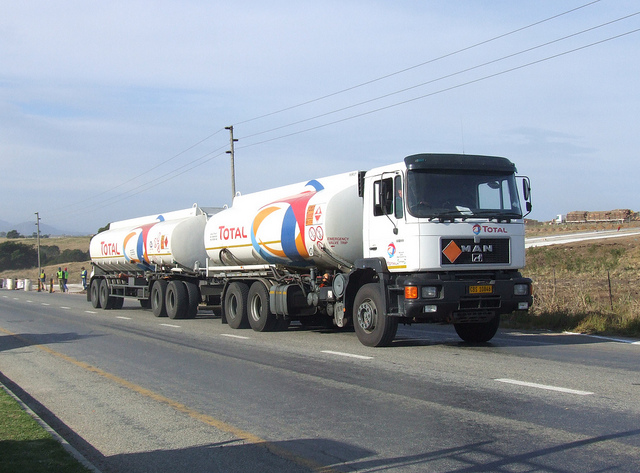Now that we have established that there are tools in place and available that could prevent many of the unfortunate incidents that result in injuries or death with tanker trucks, maybe we can finally get through to everyone who has not used a fill gauges on their tankers and convince them that doing so would be a wise investment, not a expense.
We always love to couch safety expenditures as investments, but we don’t do it because it makes it sound palatable – we do it because it is sound policy, and all the data bears it out. Most investment in safety protocols or tools – whether it’s money or time – pays off in the long run, as the cost of not having such items in the workplace dramatically increases costs to the company in terms of incidents, time-loss, litigation and other factors.
This is how a stitch in time certainly saves nine.
Fill Gauges as Prevention
Albert Weaver III and Cynthia Sink wrote an expansive article in Professional Safety magazine about these cargo tankers,or tanker trucks, and brought to light the high preventableness of the incidents that occur around these tankers. They most notably mentioned the dangers of workers or drivers being on the top of the tanker, especially while the tanker is being filled – the driver or worker feeling the obligation to visually assess the fill level in the tanker to ensure it does not overfill.
Weaver and Sink wrote about fill gauges that are available, which allow for workers to check fill leavels while standing on the ground or on a small platform near the ground, eliminating any need to climb on top of the tanker and risk a slip and fall. The pair wrote about six different types of fill gauges that are available, and noting the prices do vary widely according to the technology of the devices, but also noted in the article that fill gauges of some type have been around for more than four decades, and that most current ones can be retrofitted for current cargo tankers.
Fill Gauges: Investment, not Expense
The types of fill gauges that Weaver and Sink discussed in their article (the corresponding blog post is here) have varying levels of technology and price point. However, even the most expensive one, at about $10,000, can still be cost-effective compared to the damage that a single slip-and-fall accident on top of a tanker can be (this post covers three case studies featured in Weaver and Sink’s article).
What is noteworthy here is that fill gauges are recommended no matter what a tanker might be carrying – incidents can happen with fluids that are not considered toxic. After all, a tank tha overfills can cause slippery conditions on top of the tank. But too much exposure to non-toxic chemicals and materials may still cause problems in terms of footing or breathing, not to mention any materials that could promote disease or attract creatures that carry disease (mosquitoes, vermin, etc.).
Not only is there a financial benefit to the cost of these gauges, there also may be a legal benefit. There is a little-known memorandum of understanding (MOU) between OSHA and the U.S. Department of Justice, which allows for criminal prosecution of “worker endangerment” violations, through the Justice Department’s Environmental Crimes Section in the Division of Enviroment and Natural Resource.
In other words, a business owner could face criminal charges if negligence or willful ignorance of safety protocols or OSHA guidelines is found. This could result in a prison term of up to 25 years if convicted. When a company considers not only the cost of an incident, but also the possible legal ramifications, $10,000 for a fill gauge is a minimal investment to keep workers safe and for a firm to exercise due diligence in protecting workers.
How to Find the Right Gauge
It would be easy just to find the cheapest gauge, slap it on your tanker, and be done with it.
Except, you should always account for regulations by the U.S. Department of Transportation. The bad news is, USDOT generally will not allow the cheapest fill gauges except in very narrow circumstances. The good news is, USDOT regulations do have a helpful chart to help you determine what kind of gauge to use for your particular tanker based on volume, the materials that will be carried, as well as water capacity.
One can get information about the tanker and then refer to the regulations to find the type of gauge that fits that tanker that would be in compliance with USDOT regulations and expectations. So if nothing else, make sure you pay attention to OSHA guidelines and USDOT rules to make sure that you have a fill gauge on your tanker, and that it is the right gauge for the materials you are hauling and the size of your tanker. Doing those thigns will eliminate much of the risk to the bottom line, and greatly mitigate hazards involving workers around your tankers.

